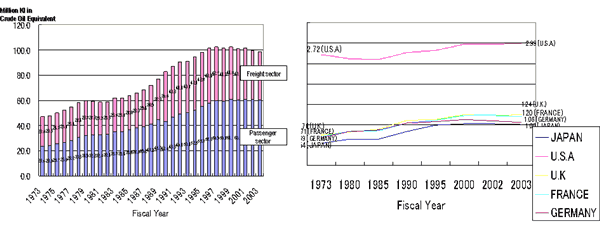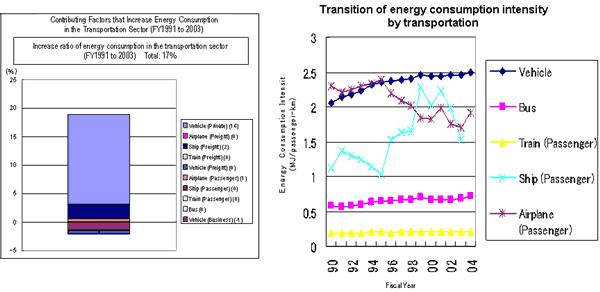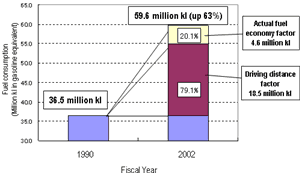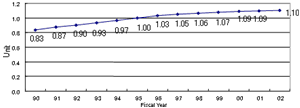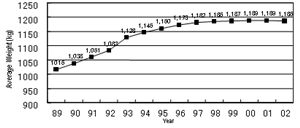I-3. Transition of
Energy Consumption in the Commercial/Residential Sector
Status of Management of Energy Intensity
in the Commercial Sector
Status of Management of Energy Intensity
in the Commercial Sector
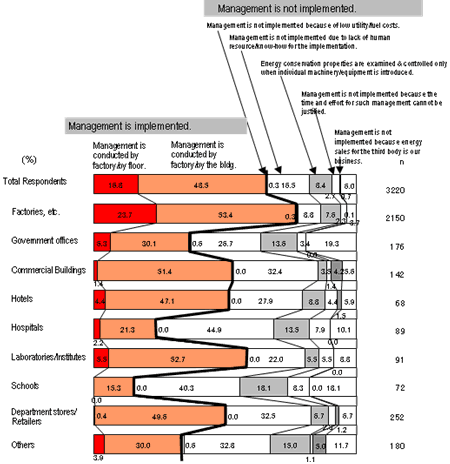
- According to the survey on Type 2 Designated Energy Management Factories, business establishments in the commercial sector have a lower operation rate of management of Energy Intensity than factories.
